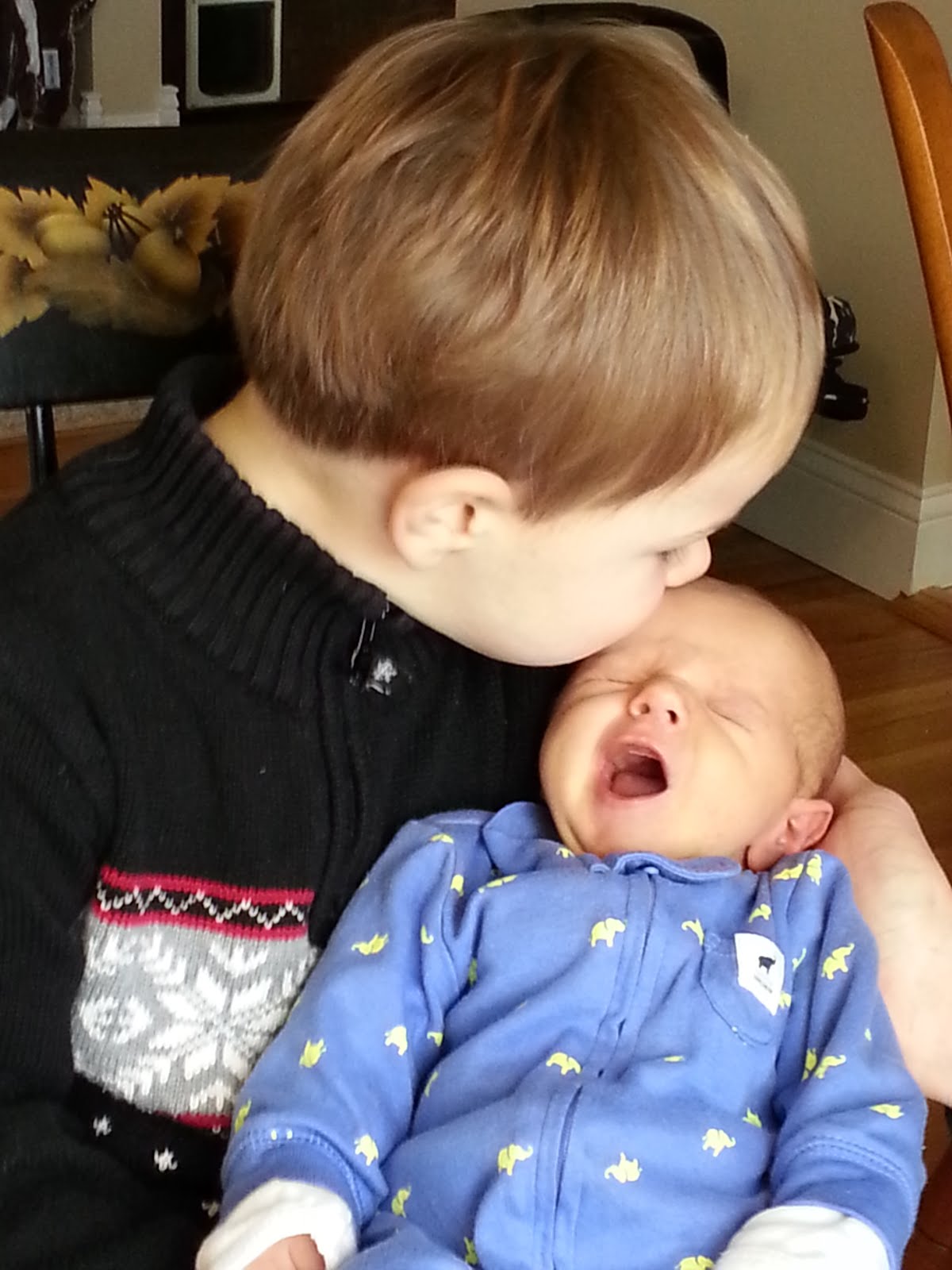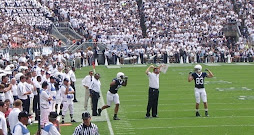 |
| Tube holders from a medical lab. |
We crushed egg shells and stirred up coffee grounds to add to the bottom of the pots just to start talking about compost and feeding the earth. It was pretty basic, messy and fun, and yielded at least one flower for each student. Before school let out for the summer, a lovely garden was planted at the school entrance.
So look what has started in my Cracker Barrel "green house". Lupines from the farm garden. I think they are the purple ones, but we will have to wait and see. Usually I have such a hard time starting lupines, but these are at 50% germination so far, and in 10 days. Pretty pleased if I do say so. As soon as the first seedling popped, I moved the container from the warm spot, to the cool window sill, to try and keep them from bolting. Lupines are a childhood memory for me, so I love to see them in the garden.
This time of year I start to horde all the used plastic silverware that shows up at parties and wherever, and clean it to use as plant markers. The Popsicle sticks are okay for starters, but they rot and disintegrate by the time some of the early starts get into the garden.
I do find them handy to help me keep track of the seeds I collect, and have the labeled, flat little stick ready to go with the seeds.
 |
| Wisteria Seed |
So here is something new that I learned and tried, just a week or so ago. Growing Romaine lettuce from the stem or the heart. The article says to leave a couple inches and perhaps a leaf or two. I had already used this lettuce, and this stem was plucked out of my compost after the reading of the article. I figured, "What the heck!" and threw it in my bowl with some water. And just to be clear, this lovely bowl was found in the town's recycling shed.
One week later, and fresh water every day or two, there are four new shoots. I can't wait to see how this goes. The suggestion is that I can put this in the garden when the temperatures are appropriate. That's such a long way off, but I may try a container from my recycled collection.
 |
| Pepper seeds from last night's dinner. |
Below is the article that I saw, and if you search "things that grow from garbage" you can have a lot of fun till spring really arrives. Meanwhile my seed order went in last night, so there is more fun to come.





























1 comment:
How fun and what great projects with the kids. Your post is great for providing ideas.
We have had three compost bins (rare, medium, well done) for longer than it has been the cool thing to do. We put all of our kitchen scraps out there and don't make any attempt to save most seeds. Sometimes an especially wonderful tomato, pepper, or pumpkin will provide seeds we'll dry and plant, but most of the stuff just goes in the compost bin. Then later we have some real treats! We will find tomatoes growing among the roses (were I have put finished compost), and other wonderful things popping up. It becomes a fun game.
Post a Comment